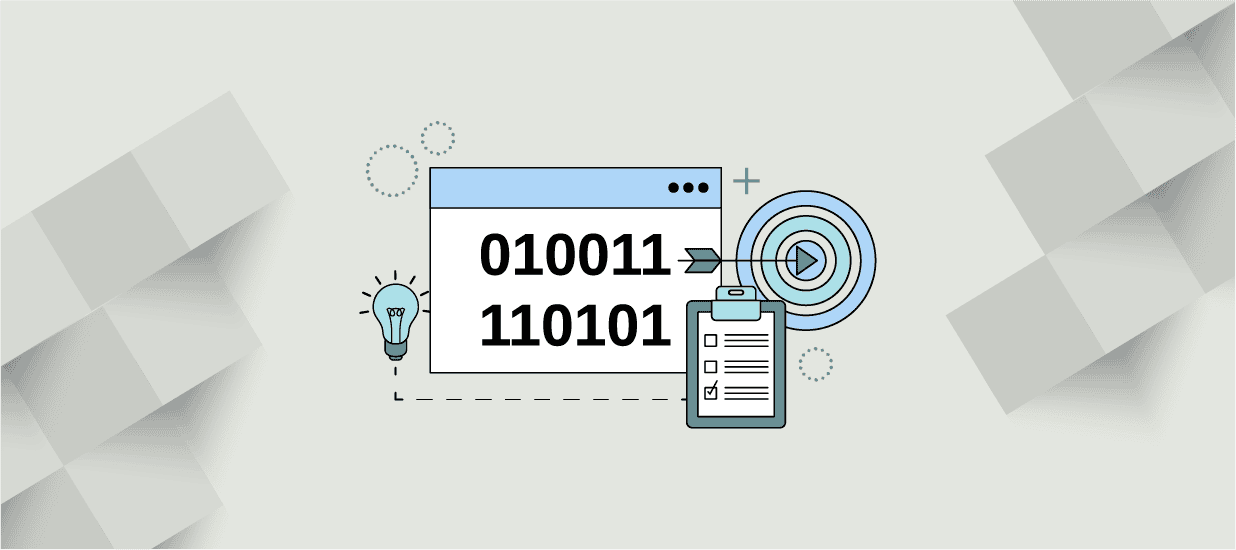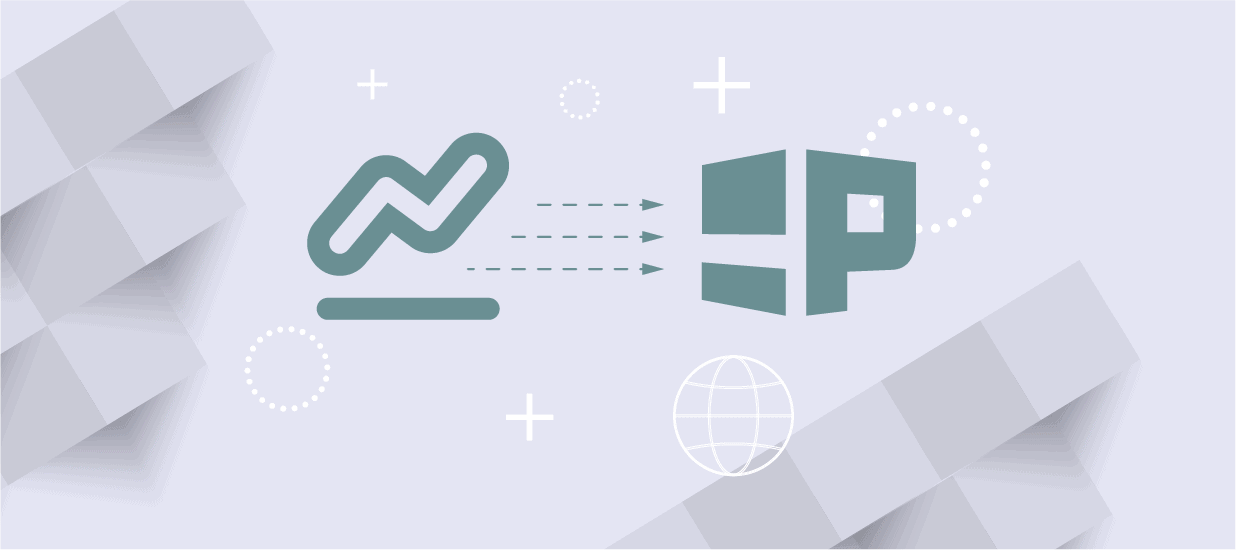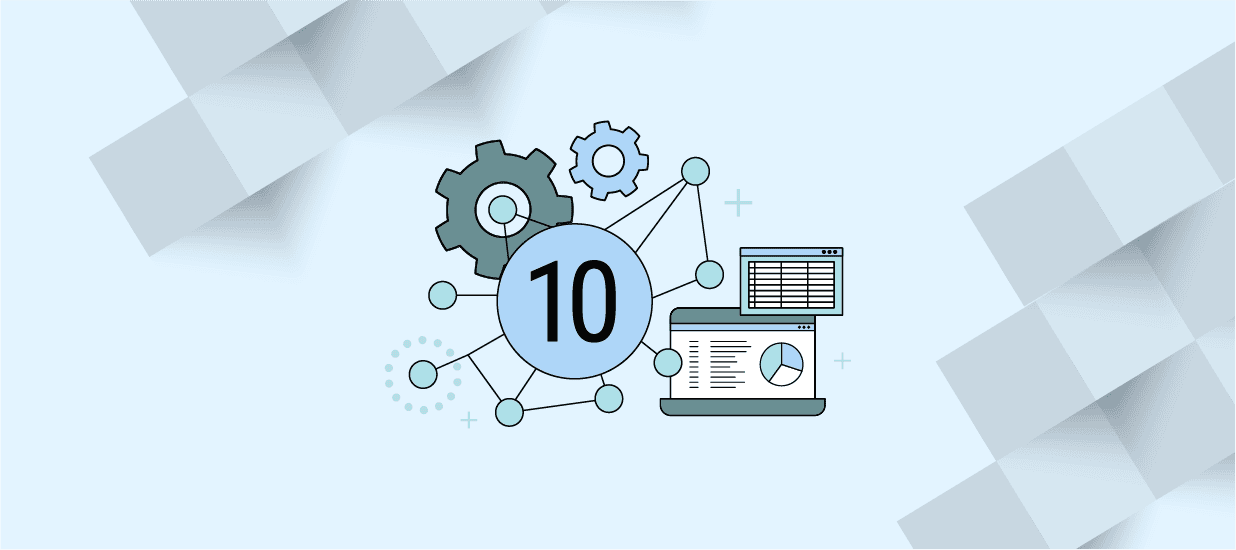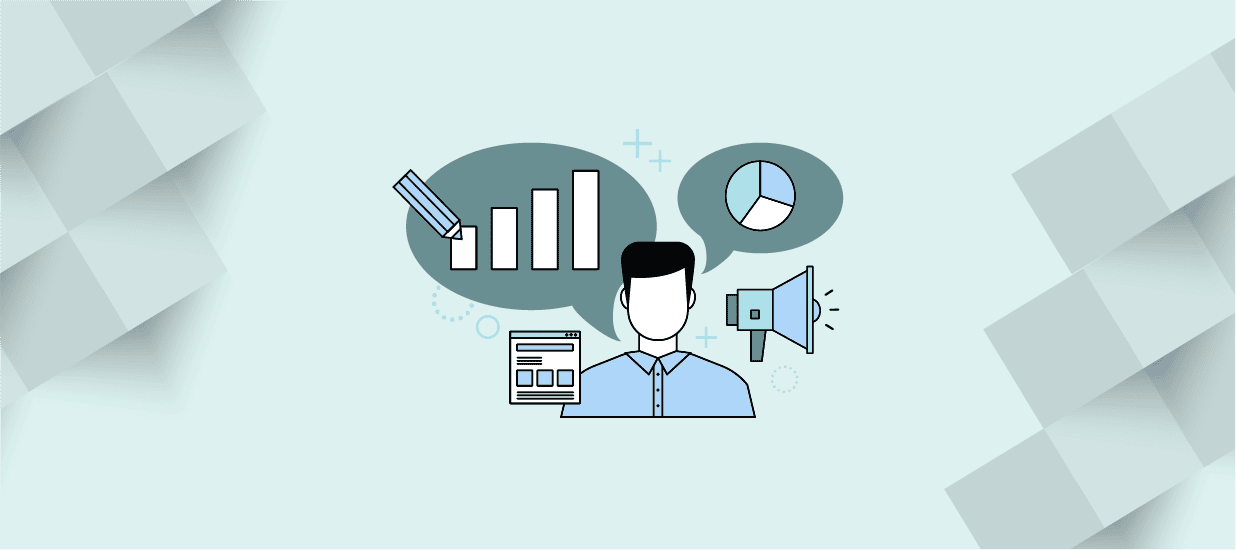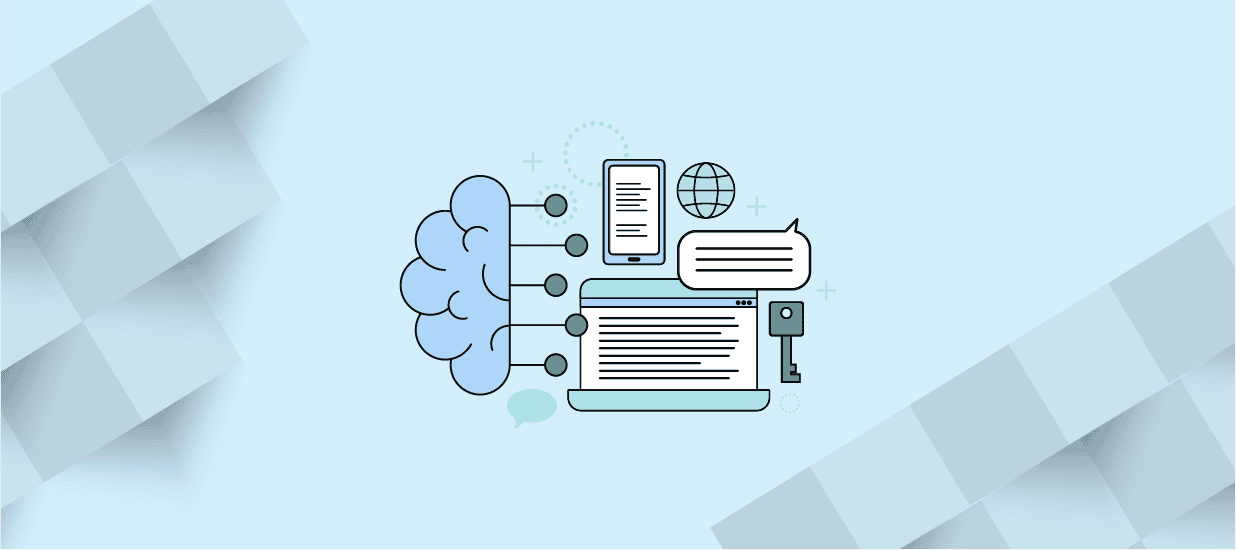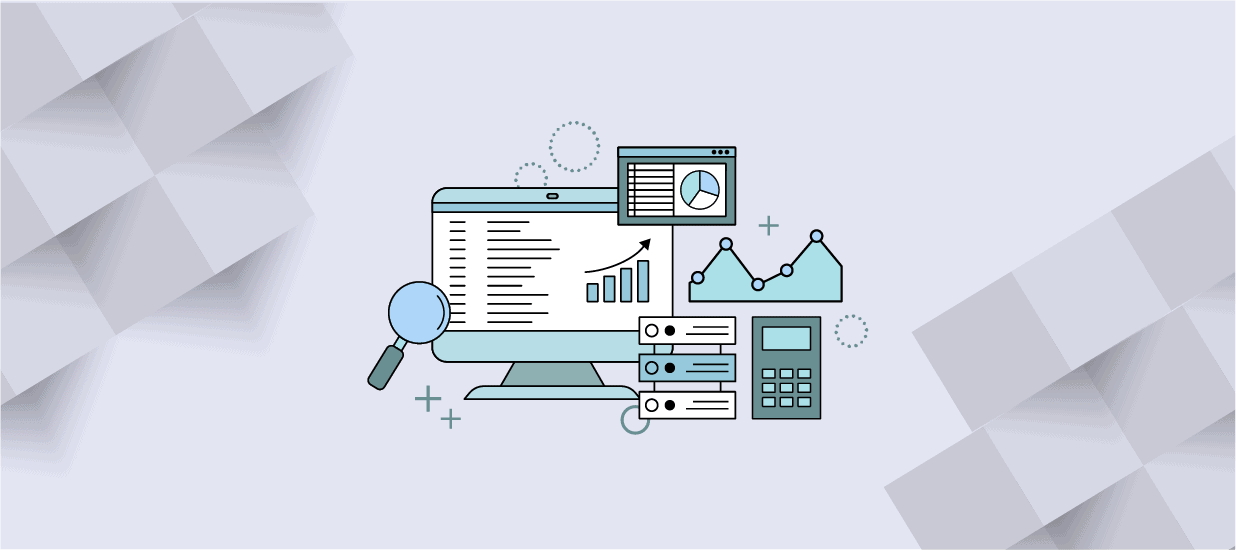Python has become the go-to language for data science and machine learning because it offers a wide range of tools for building data pipelines, visualizing data, and creating interactive dashboards that are smart and intuitive.
R is another programming language that has become immensely popular over the last decade. Initially designed for statistical computing, it is used today for data science and machine learning.
Let’s dive in and look at the difference between the two popular programming languages in machine learning and data science.
R or Python?
Both languages offer similar capabilities but differ in syntax, libraries, and community support. For example, R has many packages for data science, machine learning and statistics, whereas Python offers fewer options.
R is a bit more challenging to learn than Python, but it’s also much more potent once you’ve grasped it. On the other hand, Python is easier to pick up, but it doesn’t offer quite the same level of power.
Both languages offer similar features and tools for data scientists. The main differences between them are in terms of syntax and community support. R, for example, has a large user base and is used by many industry leaders, but it lacks some of the best practices and standards found in Python. On the other hand, Python has a smaller user base and less industry adoption, but its user base and community are quickly growing
Data Analysis: R or Python?
The choice between R and Python depends on what kind of data scientist you want to become. R is hands down the best option when you focus on statistics and probabilities. It has a large community of statisticians that can answer your questions. But, if you want to develop applications that process enormous amounts of data, Python is your best option. It has a more extensive ecosystem of developers, and it’s easier to find people willing to collaborate with you.
How Different Is Python From R Language?
The main differences between Python and R:
- Python is object-oriented, whereas R is procedural.
- R has many packages which you can install easily. In contrast, Python does not have any package management system.
- Python is interpreted, whereas R is compiled. This means that Python code is able to execute instructions without being assembled into a machine learning program first. , whereas R code is compiled into machine instructions before execution.
Is Python Similar to R in Syntax?
No, not really.. The two languages have some similarities, but they are very different.
For example, Python has classes, which are like objects in Java or C++, whereas R uses vectors, matrices and arrays. Python also has many built-in functions, whereas R has only a few.
It’s also worth noting that Python is object-oriented, meaning that objects can be created and manipulated using functions, making it easier to write code that works together.
Should I Learn R or Python if I Want to Be a Data Scientist?
Choosing between R and Python depends mainly on the kind of programming knowledge you already have. If you’ve never programmed before, you should probably start with Python. It has a simple syntax and is easy to pick up. But, if you’re familiar with Java, C++ or similar languages, you might find R easier to grasp.
Both languages are excellent choices for aspiring data scientists. The choice between them also depends on what type of data science you want to pursue. R is great for statistical computing and analysis, while Python is easier to use and read.
If you want to focus on new and emerging technologies such as machine learning (ML) and artificial intelligence (AI), R and Python both offer a range of options to optimize your experience.
Is Python Good for Machine Learning?
Python has become one of the most popular languages for artificial intelligence (AI) and machine learning (ML) development. With a simple syntax, extensive library ecosystem, and diverse community of developers, Python offers a much more reflexive approach for budding developers.
The language is highly versatile, and its standard library includes modules for everything from image processing to natural language processing.
Machine learning is a popular application for Python. It has become the new standard for many companies because it lets them build solutions quickly without investing in costly infrastructure. The availability of libraries like scikit-learn, TensorFlow, and Keras makes it easy to build models from scratch.
Is R Good for Machine Learning?
Machine learning is one of the most exciting fields in computer science right now. The ability to build intelligent systems from scratch using algorithms has enormous potential to transform industries like healthcare, finance, manufacturing and transportation.
However, it requires a lot of programming knowledge and skills. It is not easy to find people who know both statistics and programming well enough to build applicable models.
R provides a great environment for doing this kind of work. It’s free, widely used, and has a growing, vibrant community.
How Is Python Used in AI?
Artificial intelligence has grown exponentially since its inception in the 1950s. It now encompasses a wide range of technologies, including machine learning, natural language processing, speech recognition, robotics, and autonomous systems. Many researchers working in this area use Python because of its ease of use, extensive library of modules, and powerful tools for developing applications.
The most common way to use Python in AI is through machine learning. This involves training computers to recognize patterns in large amounts of data. It’s used in everything from image recognition to speech processing.
How Is R Used in AI?
The best use case for R in artificial intelligence (AI) is its ability to perform machine learning tasks. This includes image recognition, speech recognition, natural language processing, and sentiment analysis. You can use it to build predictive models, a process called “supervised learning.”
The R language has become popular because it lets researchers easily combine different machine learning techniques into a single program. It also provides a simple way to share code between researchers.
Join Us in the Revolution
There’s never been a better time to start learning new skills. Emerging technologies are revolutionizing the way we work, play, and live. Innovations in data science and machine learning allow us to explore beyond the deepest depths of the human mind to create something new and invigorating.
Learning these disciplines deepens your understanding of the world around you and provides a fountain of knowledge to explore new frontiers and technological breakthroughs. Explore our growing list of semi-technical and technical data science courses.
Author
-

The Pragmatic Editorial Team comprises a diverse team of writers, researchers, and subject matter experts. We are trained to share Pragmatic Institute’s insights and useful information to guide product, data, and design professionals on their career development journeys. Pragmatic Institute is the global leader in Product, Data, and Design training and certification programs for working professionals. Since 1993, we’ve issued over 250,000 product management and product marketing certifications to professionals at companies around the globe. For questions or inquiries, please contact [email protected].

